2018 has been another exciting year for Singapore’s Public Transport Industry. Following the full transition to the New Rail Financing Framework on 1 April 2018, the Land Transport Authority (LTA) now owns all bus and rail operating assets. Commuting experiences are set to improve as LTA drives initiatives to improve our journeys.
Public buses continue to improve as LTA brings in new buses with commuter-friendly features. These buses are also environmentally-friendly in line with the Euro VI emission standards which took effect on 1 January.
New MAN A95 double-deck buses and MAN A22 buses started operations with SBS Transit, SMRT Buses and Go-Ahead this year. Volvo B5LH diesel-hybrid buses have also started service with SBS Transit and SMRT Buses. 50 units were procured by the LTA as part of efforts to build a more environmentally friendly public bus fleet.
These buses are fitted with an enhanced Passenger Information Display System (PIDS) and USB Charging Ports at individual seats. While full functionality is yet to be seen on the Gorba units (MAN A22, MAN A95), those with LECIP units (Volvo B5LH) were launched with full functionality, featuring exterior and interior information panels, and bus stop announcements.
Journeys are made safer with Advanced Driver Assistance System (ADAS) and driver fatigue detection system fitted on both new and existing buses. The I-SAW-U Driver Warning System was trialed on several buses this year, joining Mobileye 560 and Mobileye 630 units available on most SBS Transit Buses. Anti-Fatigue Systems, in particular the new Goldeneye system, have also been installed on several buses.
Public transport infrastructure is also being improved to suit commuter needs. The Airbitat Oasis Smart Bus Stop was launched at Orchard Road It aims to address the dual problems of urban heat and air pollution faced by commuters. It is also fitted with Interactive Bus Service Information Panels.
2 new bus interchanges were also opened this year. In March 2018, Kampong Bahru Bus Terminal replaced the former New Bridge Road Bus Terminal which had been in operation since 1987. The existing site was to be developed into the Elective Care Centre, a new wing of the Singapore General Hospital. In December 2018, Choa Chu Kang Bus Interchange was replaced with a new site. These new bus interchanges feature Priority Waiting Areas, Large Fans, and Free Wi-Fi provided by Wireless@SG.
While our public buses continue strive to operate like clockwork, several bus trials have been initiated, paving the way to the bus of tomorrow. Hybrid and Electric Buses are been tested to reduce emissions, while driverless buses are being trialed to adopt Autonomous Vehicle technology.
The Bolloré Bluetram supercapacitor bus was launched in February 2018 as part of a commuter trial with the Nanyang Technological University (NTU). The ST Autobus was showcased at the Singapore Airshow 2018 and the Ulu Pandan Bus Depot Carnival, of which 2 units will be trialed for 3 months in 2019 alongside 2 units of the Navya Autonom Shuttle within Sentosa. The STE-Linkker Autonomous Electric Bus with Linkker bodywork unit has started road trials. In addition, the Volvo 7900 Electric was delivered to Singapore in preparation for autonomous bus development, with road trials expected next year.
Meanwhile, the 3-door 12.8m MAN A95 bus (SG5999Z) continues to operate with SBS Transit, since in April 2018 on Bus Service 7. A tender has been called for 3-Door Euro 6 Double Deck Diesel Buses (Contract Ref. PT342) in May 2018. The Volvo B8L (SG4003D) demonstrator bus also entered service in the same month. It is the second Volvo B8L in the world, following another demonstrator unit with Kowloon Motor Bus, Hong Kong.
Under the Bus Contracting Model (BCM), three new trunk routes and 5 new full-day express routes were introduced. These routes are 12e, 68, 147e, 167e, 851e, 960e, 974, 991. New Short Trip Services 2A, 7A & 7B, 142A, 160A, 386A, 883A, 983A, and 991A & 991B were also introduced.
On-demand Public Bus trials started in December in the Marina-Downtown and Joo Koon areas.
Older buses which have reached their statutory lifespan limit this year include SBS Transit’s Dennis Trident 3 and Volvo B10M Mark 4 (DM3500), and SMRT’s Mercedes-Benz O405G (midway). Articulated buses, which once formed the backbone for SMRT’s Feeder Bus Services, have been gradually replaced with new double-decker buses.
The North-South and East-West Lines achieved a major milestone as it fully transitioned to the CBTC Signalling System on 28 May 2018. The CBTC signalling system allows trains to run more closely together, at intervals of 100 seconds (down from 120 seconds). Following which, C151C trains were introduced on the North-South Line (NSL), providing additional capacity and reducing waiting time.
In July 2018, the Contract R151 was awarded to Bombardier Transportation for the replacement of all first generation C151 trains on the NSL and EWL. In addition, to the surprise of many, SMRT announced that it was discontinuing the C651 refurbishment programme in September.
CT251 trains for the Thomson-East Coast Line (TEL) have also arrived on our shores since May 2018, in preparation for the opening of TEL in 2019.
Early Closures and Late Openings of the East-West and North-South Lines were conducted throughout the year to speed up maintenance works. Shuttle bus services operated in replacement of rail services.
Task Force 50 (TF50), a team of standby bus drivers who operate Rail Bridging Bus services in the event of a train service disruption, was formed in January 2018. These unsung heroes were activated several times this year during unexpected disruptions, and also operate the Shuttle Buses during MRT Early Closures and Late Openings.
Overhaul works on the BPLRT commenced in 2018 following the awarding of the contract to Bombardier Transportation. The multi-year renewal programme includes signalling upgrades and the replacement of 19 first-generation light rail vehicles. Full completion is expected for 2024.
The alignment of the Jurong Region Line and station working names were also announced in May 2018. The line will open in 2026-2028.
2018 saw accelerated growth in the public transport sector. The bus system has been enhanced with better facilities, more buses, and shorter waiting times, while train lines were improved with stepped-up maintenance works.
Stay tuned for our 2019 Outlook for Public Transport!
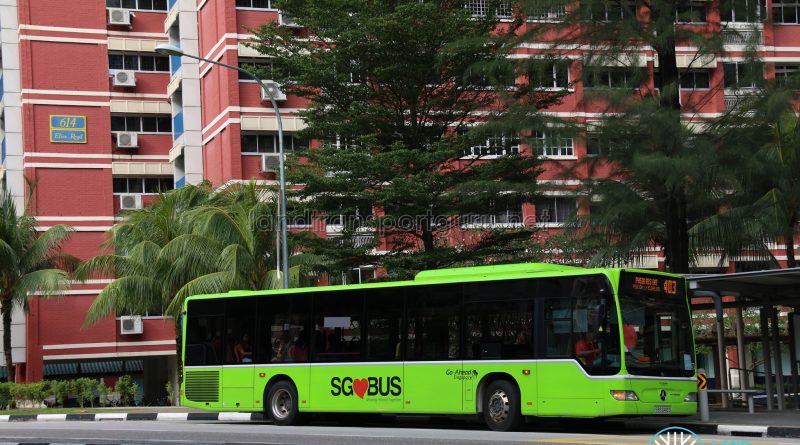
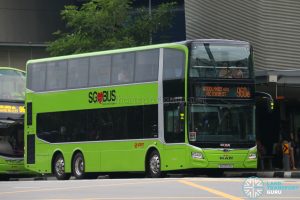
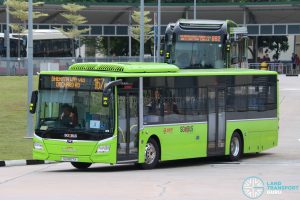
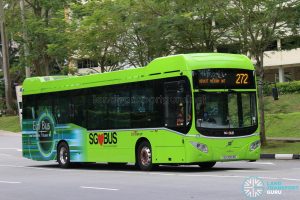
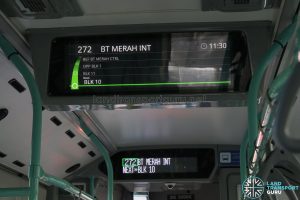

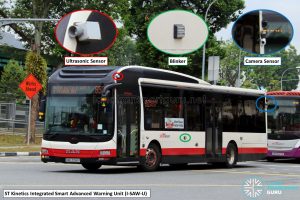

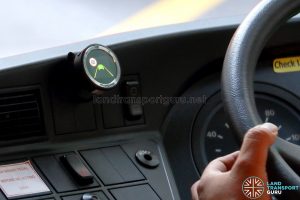
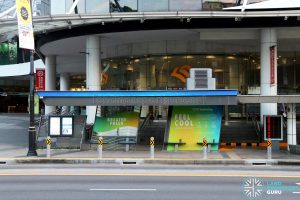
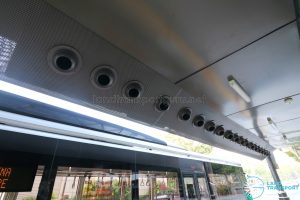
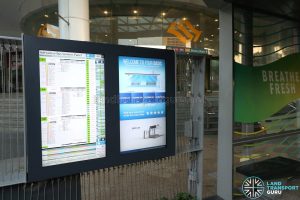
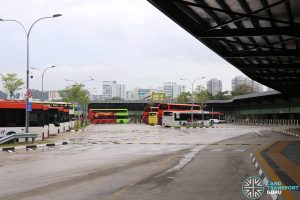
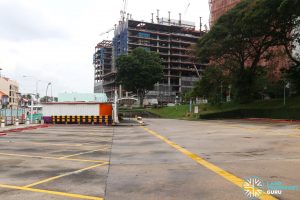
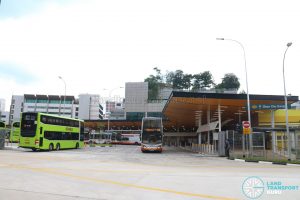
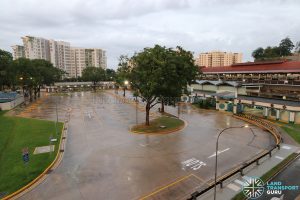
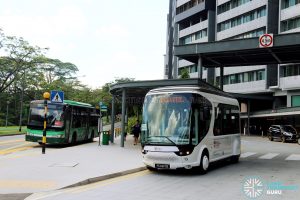
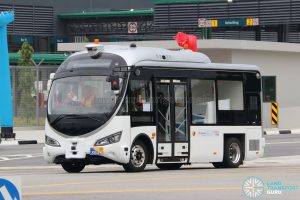
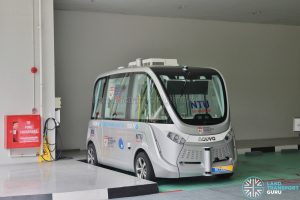
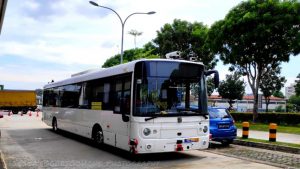
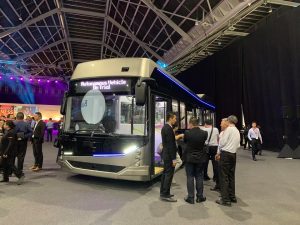
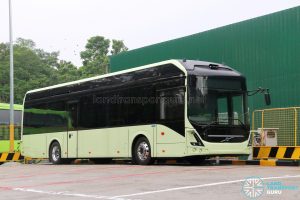
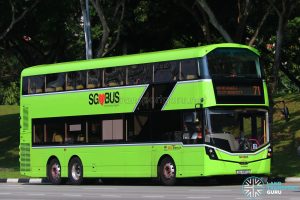


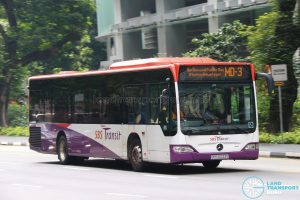
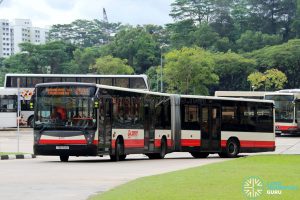
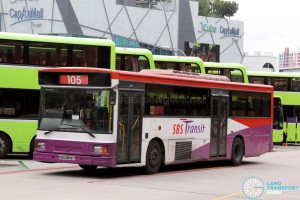
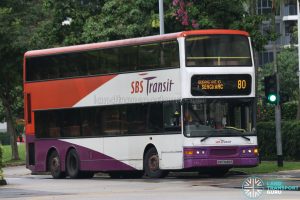
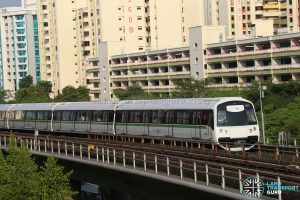
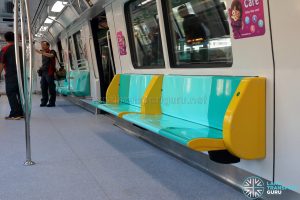
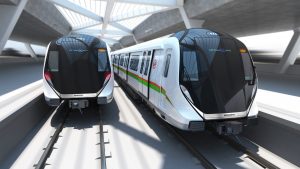

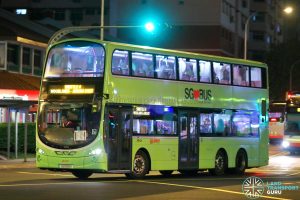
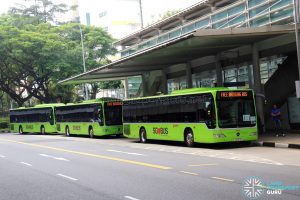
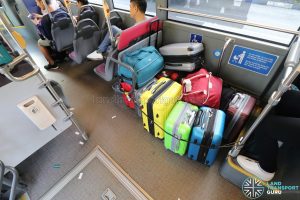
Don’t forget the withdrawal of bus 308. Sigh….😂😂😂
Also, sgforums (the main forum for buses) closed down this year. 🙁
Whatever happened to sgForums?